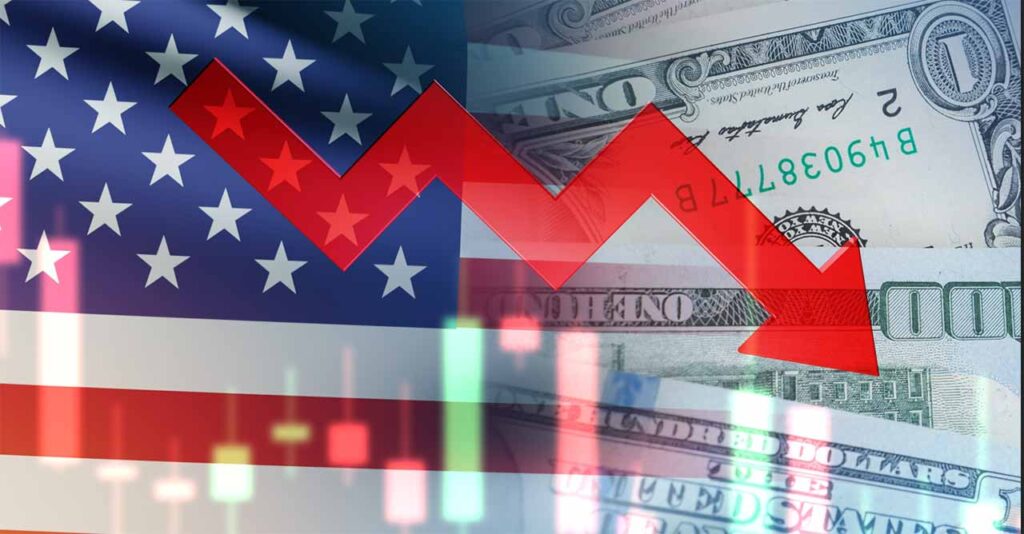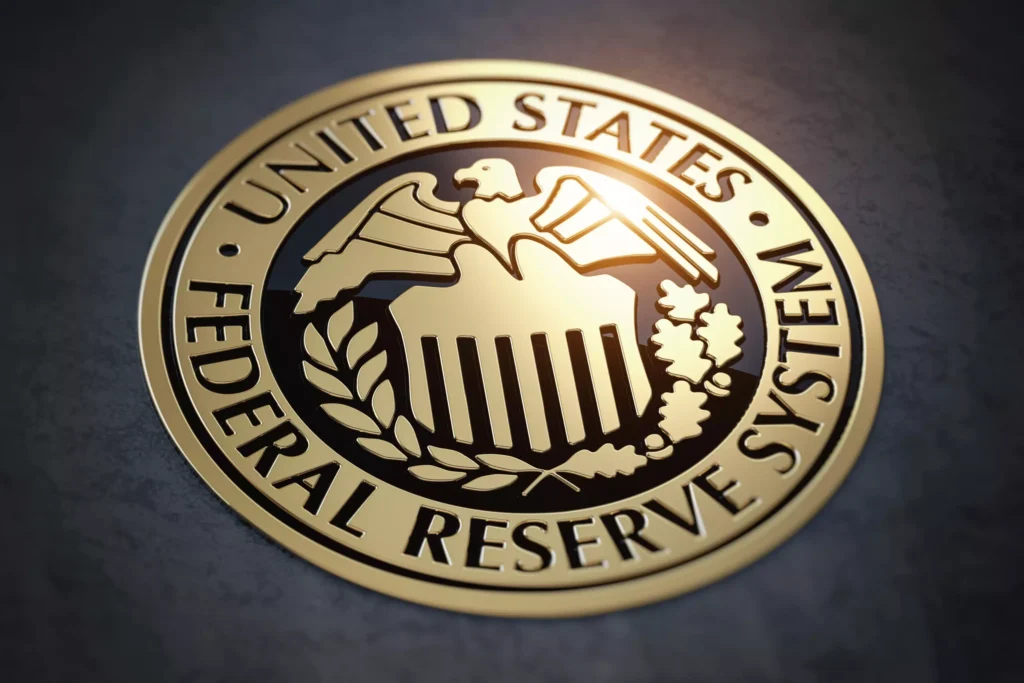Fiscal policy, the deliberate use of government spending and taxation to influence the economy, stands as one of the most powerful levers available to policymakers. In the contemporary American context, its role has become particularly pronounced and subject to intense debate, especially in the aftermath of the 2008 Global Financial Crisis and, more recently, the unprecedented economic shocks induced by the COVID-19 pandemic. Far from being a static tool, fiscal policy has evolved, demonstrating both its immense capacity to stabilize a crisis-ridden economy and the inherent complexities and challenges in balancing short-term needs with long-term sustainability.
This article delves into the multifaceted ways fiscal policy impacts the U.S. economy, exploring its objectives, tracing its recent historical applications, detailing the channels through which it exerts influence, and highlighting the significant challenges and ongoing debates surrounding its deployment in the current landscape.
Defining Fiscal Policy and Its Objectives
At its core, fiscal policy refers to decisions made by the executive and legislative branches of government regarding the collection and expenditure of public funds. Its primary objectives are often counter-cyclical, aiming to:
- Stimulate Economic Growth: During recessions or periods of slow growth, expansionary fiscal policy (increased government spending or reduced taxes) aims to boost aggregate demand, encourage consumption and investment, and create jobs.
- Control Inflation: In times of overheating, contractionary fiscal policy (reduced government spending or increased taxes) seeks to cool down demand, thereby mitigating inflationary pressures.
- Stabilize the Business Cycle: By acting as an automatic stabilizer (e.g., unemployment benefits increasing during a downturn) or through discretionary measures, fiscal policy tries to smooth out the peaks and troughs of economic cycles.
- Address Income Inequality and Promote Social Welfare: Through progressive taxation, social safety nets, and targeted spending programs, fiscal policy can redistribute wealth and provide essential services to vulnerable populations.
- Invest in Long-Term Growth: Government spending on infrastructure, research and development (R&D), and education can enhance the economy’s productive capacity over time.
The two primary tools of fiscal policy are:
- Government Spending: Includes outlays on public goods and services (e.g., infrastructure, defense, education, healthcare) and transfer payments (e.g., Social Security, unemployment benefits).
- Taxation: Encompasses direct taxes (e.g., income tax, corporate tax) and indirect taxes (e.g., excise taxes, sales tax), as well as tax credits and incentives designed to influence economic behavior.
Fiscal Policy in the Contemporary American Context: A Recent History
The past two decades offer a compelling case study of fiscal policy’s evolving role in the U.S.:
Post-2008 Financial Crisis (2008-2010s): The Great Recession demanded an immediate and substantial fiscal response. The American Recovery and Reinvestment Act (ARRA) of 2009, a significant stimulus package, aimed to counter the massive collapse in demand through direct government spending, tax cuts, and aid to states. While credited by many economists with preventing a deeper depression, its effectiveness and the speed of recovery were subjects of intense debate. Following this period, particularly after 2010, there was a shift towards fiscal consolidation and budget cuts, as concerns about rising national debt gained prominence. This period of austerity, some argue, slowed the pace of recovery.
The COVID-19 Pandemic (2020-2022): The pandemic triggered an unprecedented economic shock, necessitating a fiscal response of historic proportions. Legislation such as the CARES Act (2020) and the American Rescue Plan (2021) provided direct financial aid to households (stimulus checks), expanded unemployment benefits, offered loans and grants to businesses (e.g., PPP loans), and provided substantial funding for healthcare and state/local governments. The aim was to prevent an outright economic collapse, provide a safety net, and maintain household and business solvency. This aggressive and swift fiscal action, combined with equally robust monetary policy, contributed to a remarkably rapid economic rebound once public health restrictions eased, though it also played a significant role in the subsequent inflationary pressures.
Post-Pandemic Era (2023-Present): As the economy normalized and inflation became the primary concern, fiscal policy has shifted from broad-based stimulus to more targeted investments. The Infrastructure Investment and Jobs Act (2021) and the Inflation Reduction Act (2022) represent significant commitments to modernizing the nation’s infrastructure, investing in green energy, and promoting domestic manufacturing. These policies aim to boost the supply side of the economy and address specific long-term challenges rather than provide immediate cyclical stimulus. This era is also characterized by ongoing, heated debates about the scale of the national debt and deficits accumulated during the crisis periods.
Channels of Fiscal Policy Impact
Fiscal policy influences the economy through several key channels:
- Aggregate Demand: This is the most immediate and direct channel.
- Direct Impact: Government spending (G) directly adds to aggregate demand (GDP = Consumption + Investment + Government Spending + Net Exports). For instance, building a new highway directly increases demand for materials and labor.
- Indirect Impact: Tax cuts or transfer payments (like stimulus checks) increase disposable income for households, which can lead to higher consumer spending (C) or business investment (I).
- Multiplier Effect: The initial injection of spending (by government or consumers/businesses) creates further rounds of spending throughout the economy. For example, a road worker who receives a paycheck then spends a portion of it, fueling demand for other goods and services, thereby amplifying the initial fiscal impulse.
- Supply Side (Long-Term Growth): While often associated with short-term demand management, fiscal policy also has significant long-term supply-side implications.
- Investment in Human Capital: Spending on education, job training, and healthcare can improve labor force productivity and skills.
- Infrastructure Development: Investment in transportation networks, energy grids, and broadband reduces production costs for businesses, improves efficiency, and boosts overall competitiveness.
- R&D Spending/Incentives: Government funding for basic research or tax credits for private R&D can drive innovation and technological advancement, leading to new industries and increased productivity.
- Tax Policies: Can be designed to incentivize or disincentivize saving, investment, and labor supply, thus influencing the economy’s long-run productive capacity.
- Income Distribution and Inequality: Fiscal policy inherently impacts how economic benefits are distributed across society.
- Progressive Taxation: Systems where higher earners pay a larger percentage of their income in taxes can redistribute wealth.
- Social Welfare Programs: Direct transfer payments (e.g., unemployment benefits, Social Security, food stamps) and public services (e.g., Medicaid, public education) provide a safety net and reduce income disparities, especially for vulnerable populations.
- Targeted Spending: Can address regional economic disparities or specific demographic needs, aiming for more equitable outcomes.
- Public Debt and Future Fiscal Space: Expansionary fiscal policy, especially when funded by borrowing, leads to an increase in the national debt.
- Crowding Out: Large government borrowing can potentially increase interest rates, making it more expensive for private businesses to borrow and invest, thus “crowding out” private sector activity.
- Sustainability: The level of national debt raises concerns about its long-term sustainability, particularly concerning the burden of future interest payments and the potential for intergenerational inequities. High debt levels can limit a government’s fiscal flexibility to respond to future crises.
Challenges and Debates in Contemporary Fiscal Policy
The application of fiscal policy in the contemporary U.S. economy is fraught with challenges and ongoing debates:
- Timing Lags: Fiscal policies are subject to significant implementation lags. The legislative process for passing spending bills or tax changes can be lengthy, making it difficult to time interventions perfectly to counter cyclical fluctuations. Data lags also mean policymakers are often acting on information that is already somewhat old.
- Political Polarization: Deep partisan divides in Congress often hinder consensus on timely and effective fiscal responses. This can lead to policy gridlock, missed opportunities, or sudden, unpredictable shifts in fiscal priorities depending on electoral outcomes.
- Effectiveness Debates: Economists often disagree on the precise size of the “fiscal multiplier” (how much each dollar of government spending or tax cut translates into broader economic activity). There are also debates about “Ricardian equivalence,” which posits that consumers might save rather than spend tax cuts if they anticipate future tax increases to pay off government debt.
- National Debt Concerns: The escalating U.S. national debt, which has surpassed $34 trillion as of early 2024, is a persistent source of concern. Rising interest payments on this debt consume a larger share of the federal budget, potentially crowding out other critical investments and raising questions about the sustainability of current fiscal trajectories. This often creates tension with the perceived need for counter-cyclical or long-term investment spending.
- Inflationary Risk: As seen post-COVID, overly expansionary fiscal policy, especially when combined with accommodative monetary policy, can contribute significantly to demand-pull inflation, making the Federal Reserve’s job of achieving price stability more challenging.
Conclusion
Fiscal policy remains an indispensable yet complex tool for influencing the contemporary American economy. It balances the immediate need for stabilization during downturns with long-term goals of growth, innovation, and greater equity. The recent history, marked by unprecedented responses to major crises, underscores its immense power to shape economic outcomes. However, the ongoing debates surrounding national debt, the optimal level and targets for investment, the risks of inflation, and the challenges of political consensus highlight the intricate choices facing U.S. policymakers. The effectiveness and sustainability of the American economy will continue to hinge on the judicious, strategic, and adaptive application of its fiscal levers, navigating both economic principles and political realities.




